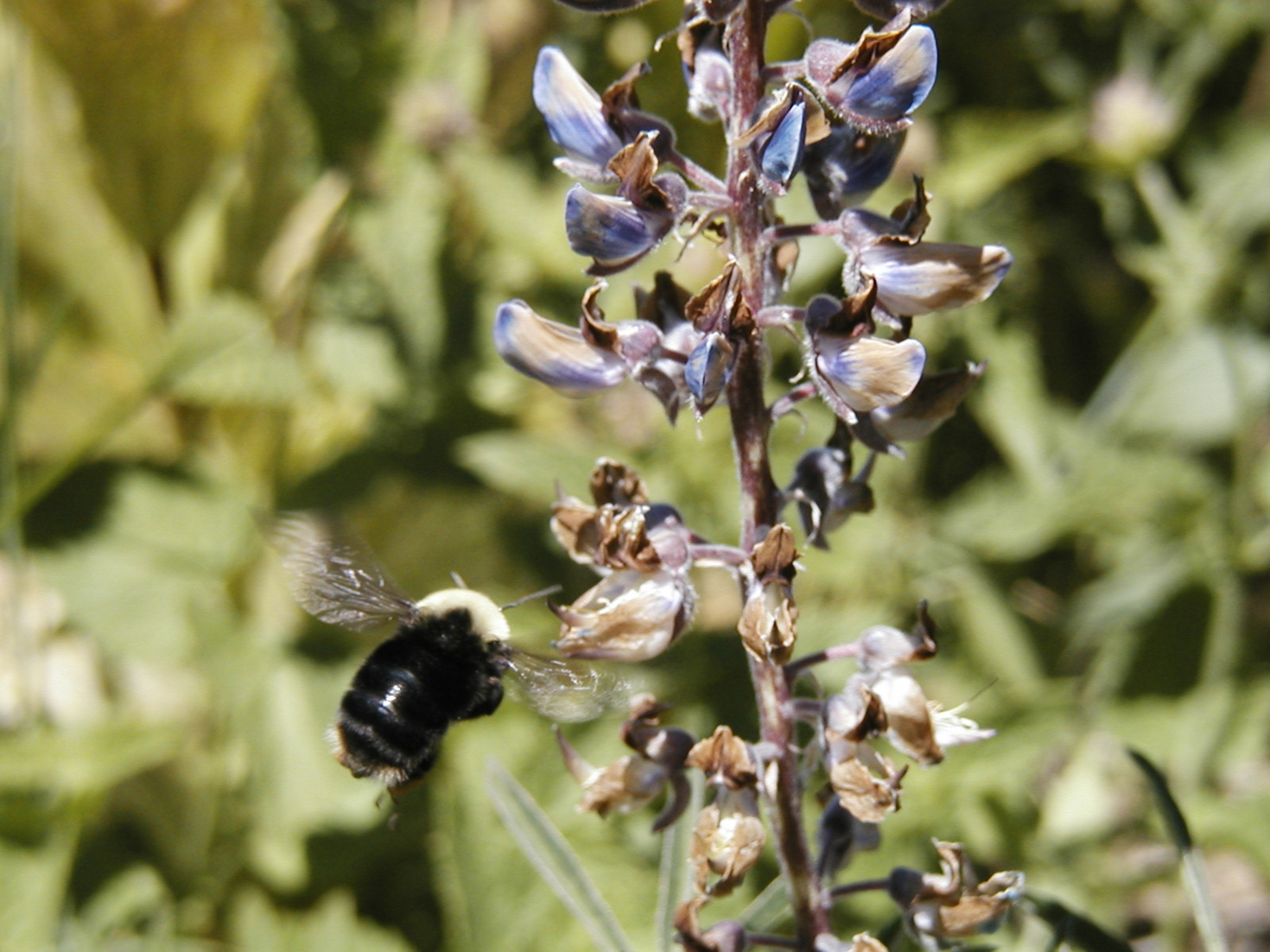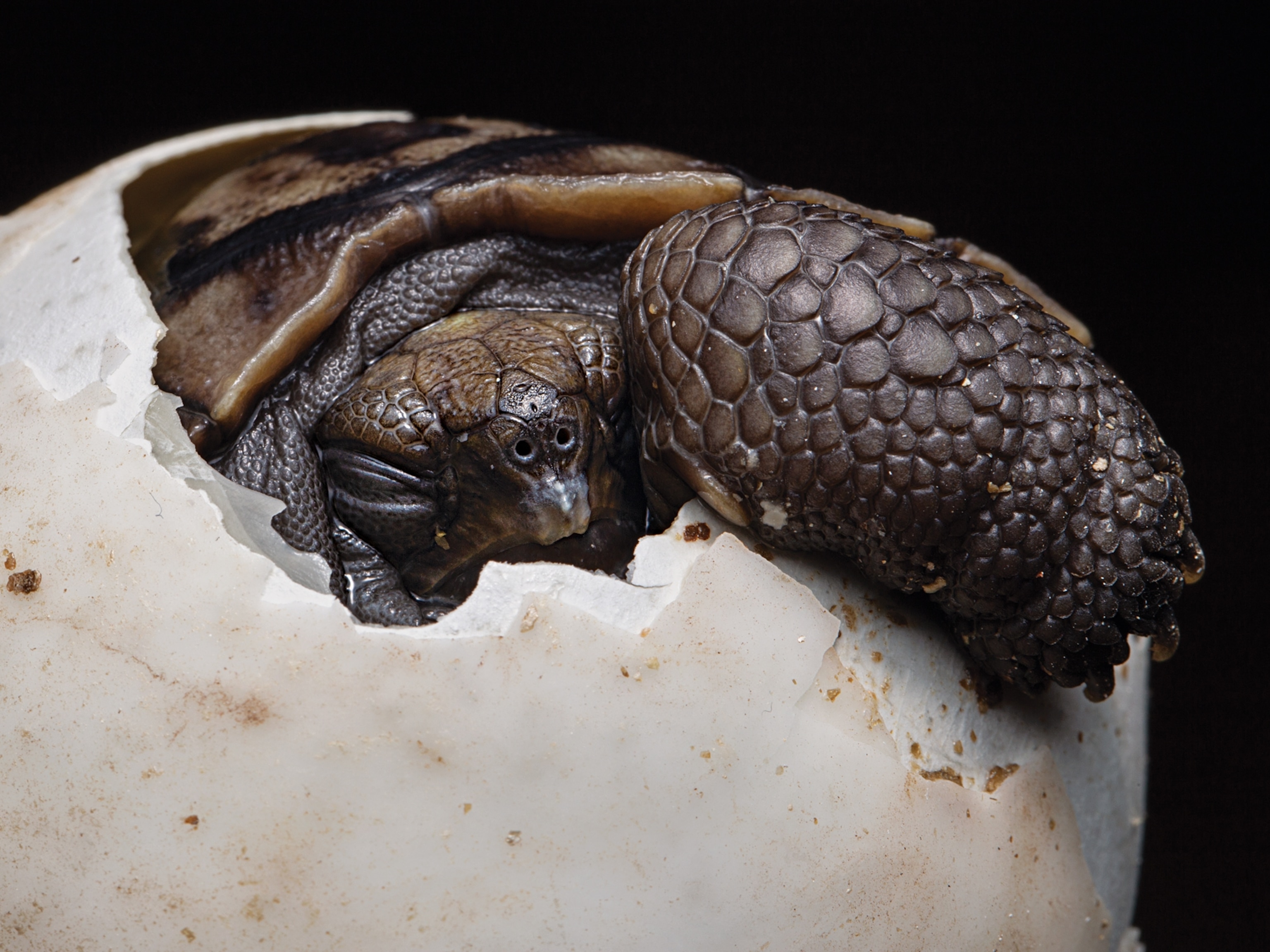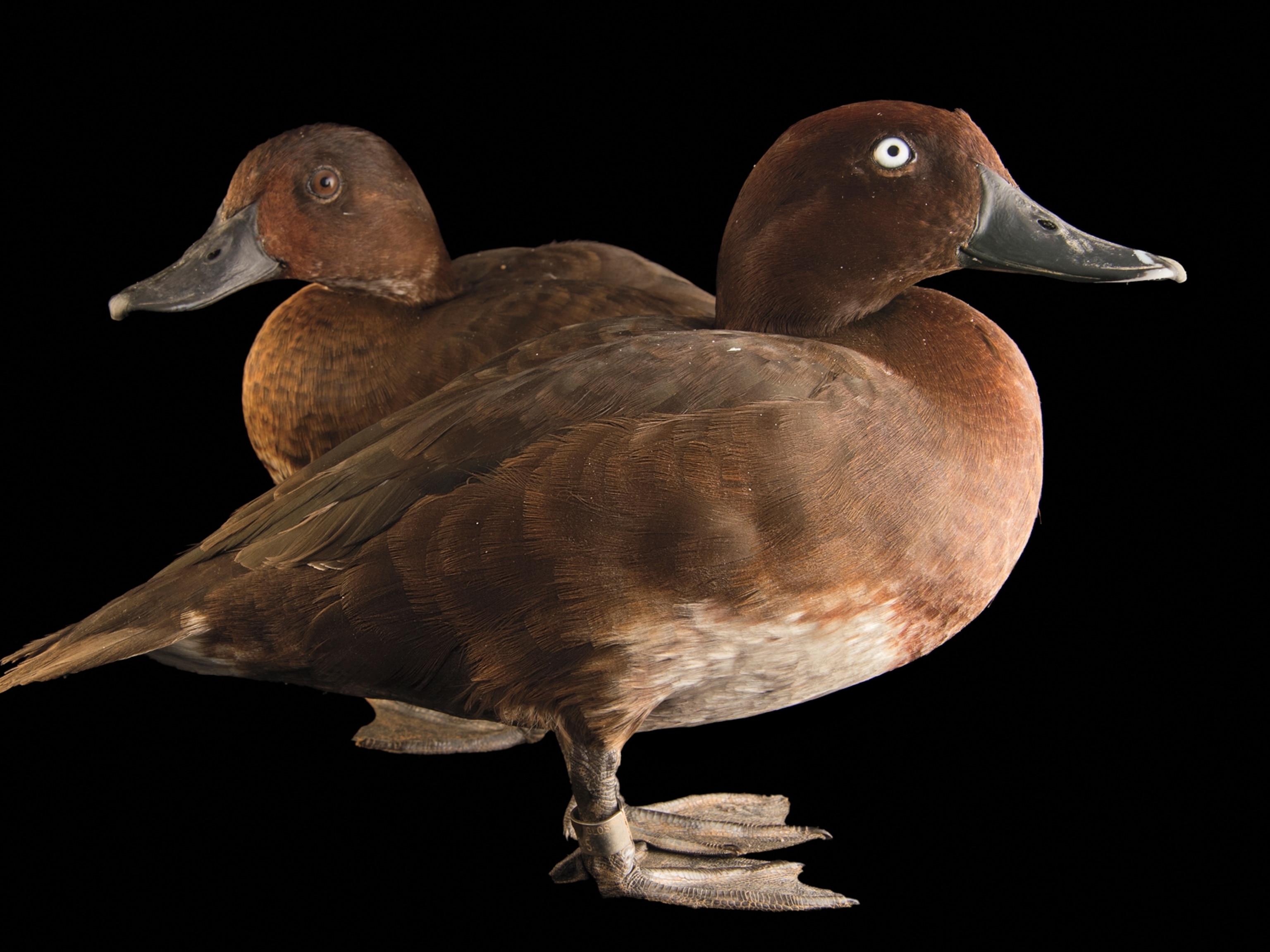Franklin’s bumblebee, a rare black-and-yellow bee that hasn’t been seen since 2006, has been added to the U.S. endangered species list, the Fish and Wildlife Service announced in August.
It’s the first bumblebee in the American West to be listed and only the second in the entire country; the rusty patched bumblebee, once found in 28 states, was declared endangered in 2017.
Named for early 20th-century bee researcher Henry J. Franklin, Franklin’s bumblebee faces multiple threats: pathogens from commercial bees, pesticides, and a historically small population size and range. It’s only known to exist in a 13,000-square-mile region on the California-Oregon border—possibly the smallest range of any bumblebee in the world.
While this bee hasn’t been seen for 15 years, scientists involved in conservation efforts say they don’t think it’s extinct yet. The Endangered Species Act listing means that, in addition to broadly prohibiting any actions that could harm the bee, there will be more federal funding available for state-level recovery initiatives, including expanded search efforts.
“It would surprise me more if we didn’t find it,” says Jeff Everett, the field biologist in charge of Franklin’s bumblebee conservation for the Fish and Wildlife Service. And “once we know where they are, then we can bring more powerful, more meaningful conservation to bear.”
Franklin’s bumblebees visit a variety of wildflowers, collecting pollen primarily from lupines and poppies, and gathering nectar from mint. So little is known about the species, however, it’s not clear how important it is to these flowers and the larger ecosystem. Nonetheless bumblebees in general are important pollinators, and the loss of any has the potential to cause a cascade of ecological effects.
Finding a lost bee
Since it was first described by scientists a hundred years ago, Franklin’s bumblebee has only been observed 325 times, mostly by Robbin Thorp, a professor of entomology at the University of California, Davis. In 1998, when he started monitoring the bee in his retirement, he saw 98 individuals; by 2006, he found just one. After that, none.
That’s why in 2010 Thorp and the Xerces Society for Invertebrate Conservation filed a petition asking the U.S. Fish and Wildlife Service to list Franklin’s bumblebee as endangered. Thorp passed away in 2019, two months before the service released its draft proposal to list it.
“It's worrying that it hasn’t been seen in 15 years,” says Leif Richardson, a conservation biologist for the Xerces Society who compiled all the known records of Franklin’s bumblebee for its status assessment. “However, I don't think it’s time to give up hope and declare it extinct.”
There’s still a lot of searching to do before making that call, Everett says.
Everett organizes a weeklong search event each July, which has grown to include up to 60 researchers and volunteers. Swinging nets and peering at wildflowers, they venture through the rugged wilderness of Franklin’s historic range, surveying strategic locations in both California and Oregon, hoping to spot the bee.
But, Everett says, “We may not be looking in all the right places and at all the right times.” And even if they are, a single bee could be right behind searchers but gone by the time they turn around.
That is why Everett has also been working on another method of detection.
For the past several years, the wildlife service and the U.S. Geological Survey have been developing a DNA fingerprint for Franklin’s bumblebee. Once it’s complete, scientists will be able to test flower samples for the bee’s genetic material—they wouldn’t need to see the bee to determine it’s still alive and has recently visited a particular area.
Hope for rediscovery
Because of its small population size and a limited range, Franklin’s bumblebee is especially vulnerable. The species isn’t known to visit farms or agricultural areas regularly, but it’s possible the bee is still exposed to neonicotinoid pesticides, which interfere with an insect’s nervous system and lead to paralysis and death.
It’s also possible that pathogens from bees used for commercial pollination services have spread pathogens to Franklin’s bumblebees and others in the wild. For example, the outbreak of a fungal disease in the mid-1990s among commercial bumblebees has been linked to the rapid disappearance of several western bee species, including Franklin’s. (Read more about how diseases from another bee—the European honeybee—are also spreading to bumblebees.)
Despite these threats, Richardson and Everett say they’re optimistic that, with the Endangered Species Act listing and increased surveys, they’ll find Franklin’s bumblebee.
And once they do, experts can develop more specific conservation strategies. These may include limiting the use of pesticides in certain places at certain times, limiting activities that disturb the bee during its nesting or hibernating seasons, establishing a permitting process for how commercial bees are transported and housed around the country, and designating specific habitat as critical to the bee’s recovery. (Here are nine ways you can help bees and other pollinators at home.)
Even after 15 years, it’s not unrealistic to think Franklin’s bumblebee will be found. There are notable examples of researchers rediscovering bees and other insects after they’ve been presumed to be extinct: The blue calamintha bee was found after nine years without a sighting in Florida; Fender’s blue butterfly was found after 52 years in Oregon; and Wallace’s giant bee, the world’s largest, was rediscovered after 122 years in Indonesia. Of the more than 350 species rediscovered since 1889, the average time between the last sighting and rediscovery is 61 years, a 2011 study found.
And most rediscovered species have restricted ranges and small populations—just like Franklin’s bumblebee.









